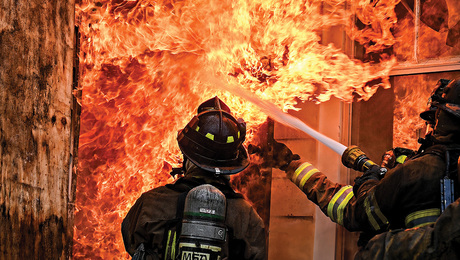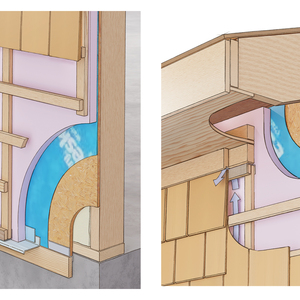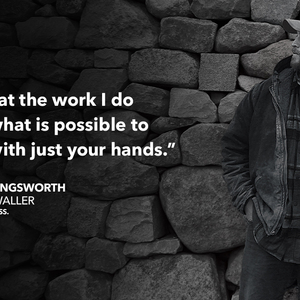Plywood on the inside of an exterior wall
So the structural engineer picked up on a weakness in an exterior wall and suggested we install plywood on the inside (as well the outside plywood). It is a 4′ wide x9′ tall wall, 2×6 wood.
On the inside, the wall will be waterproofed and tiled as it is a bathroom.
I plan on insulating the stud bays with Roxul Comfortbatt. I am in Montreal, Quebec.
Thanks for all the advice



















Replies
1 vapor barrier somewhere interior-side of anything structural or anything that could rot including that plywood.
You weren't going to set tile directly on that plywood, were you?
The vapor barrier just needs to be inside the insulation (in this zone) the point is to block air full of moisture that would enter the insulation and condense out when it hit a surface temperature below the vapor point.
If it was not going to be a bathroom with tile on the wall, it would be ok to run the vapor barrier on the studs and lay the plywood over just like you would install drywall. (except with more and proper structural fasteners of the proper size.)
but for tile, it might be a better idea to rely on a tile base to block the air and moisture.
either a coating like Redgard you paint on, or Ditra or kerdi sheets that act as waterproofing and vapor retarder. these would be applied to the interior (of the house) side of the plywood, and provide a suitable base for the tile.
That's more in line with what I was thinking... The water membrane will act as the vapor retarder / barrier.
Thank you very much!
Is there a problem with laying tile directly on the plywood? Alternative is to installer backer board on the plywood on then tile but if plywood is structurally sound then why not tile directly on it?
What Mike said. Vapor barriers don't need to be innermost, i just meant for the bathroom.
If you set tile on plywood: Water gets behind the tile into plywood, plywood rots/delaminates/warps/whatever, tile falls of. I think plywood is no longer officially considered an appropriate substrate for setting tile, even for floors. It's ok for mostly dry areas like a kitchen floor but a bad idea for a wet area like a shower.